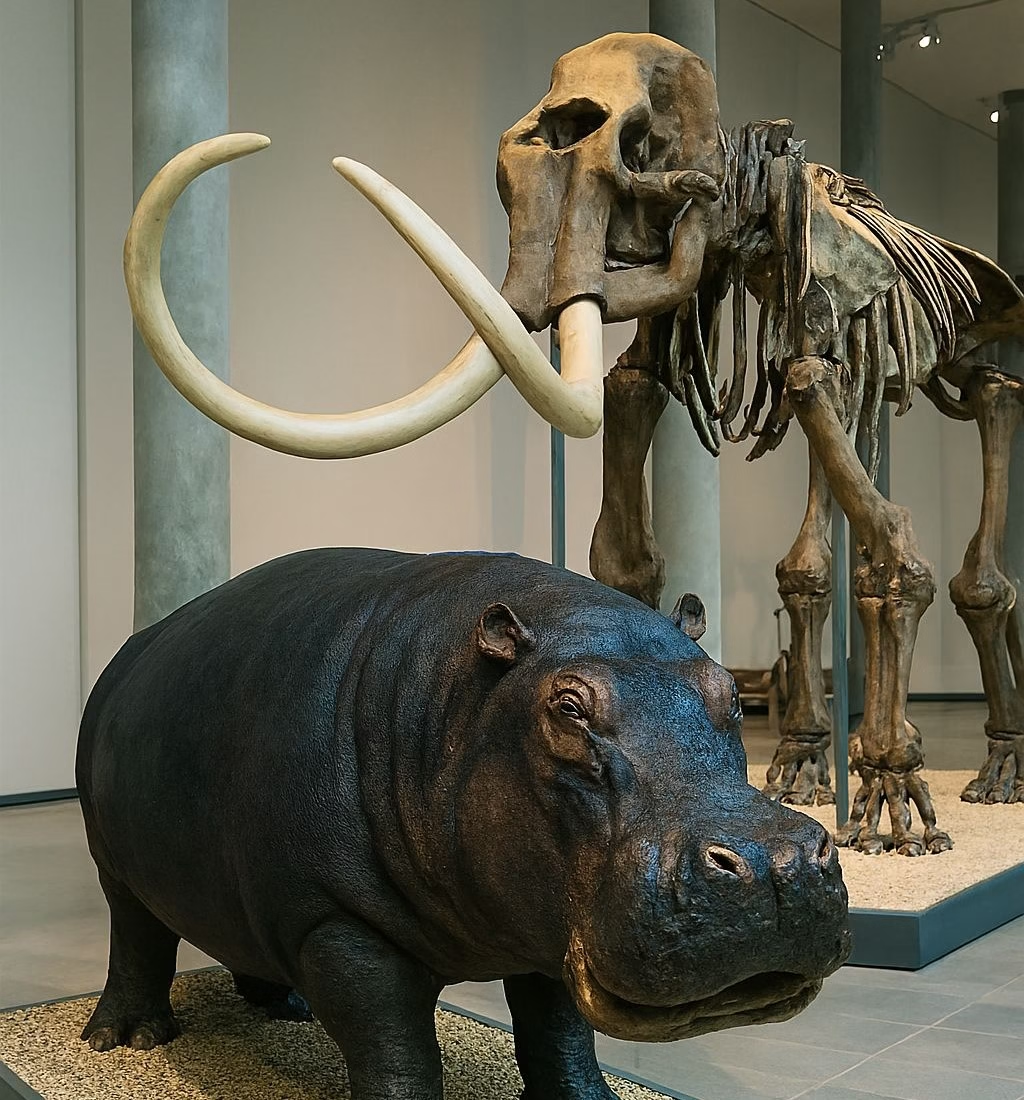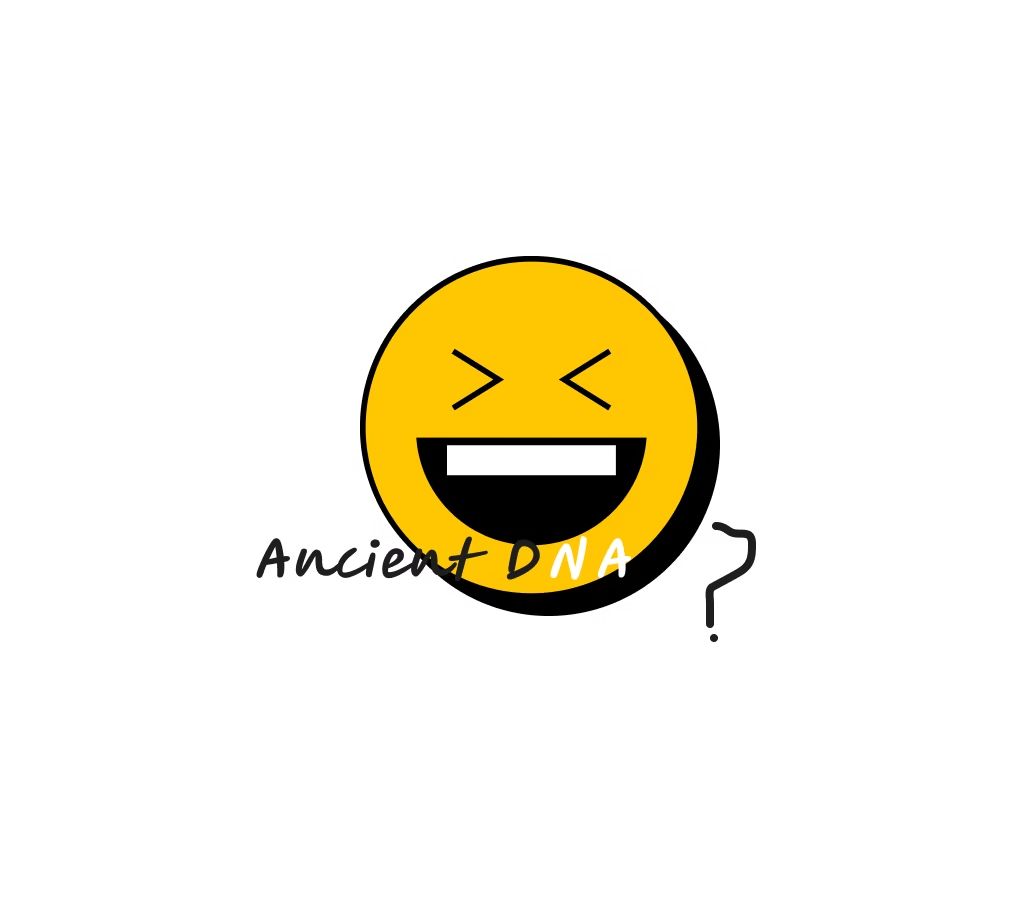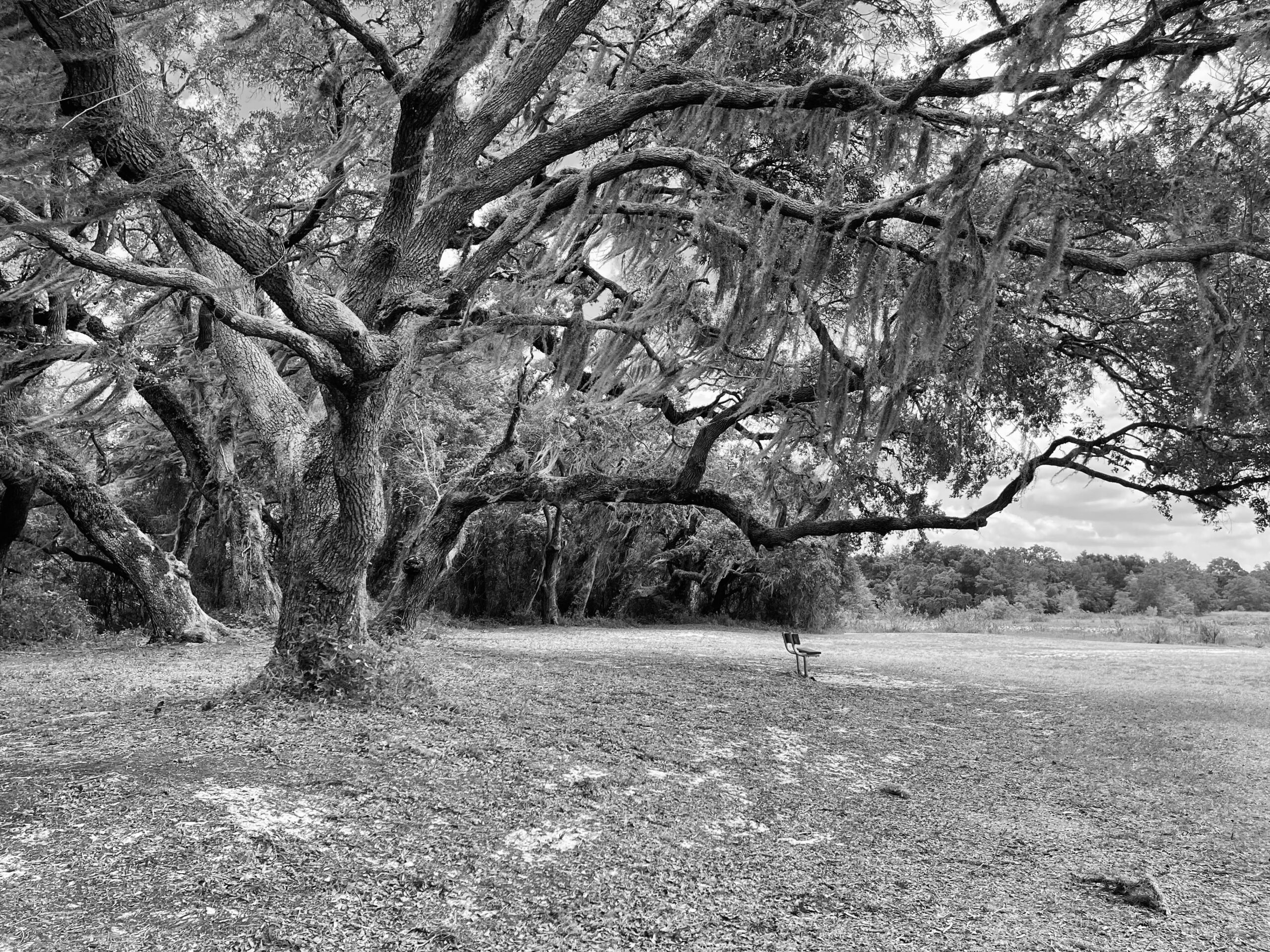Tag: aDNA
-

Hippos in Ice Age Europe? Ancient DNA is Rewriting Our Wildlife History
You might be surprised to learn that hippos once lived in Europe not just during warm periods, but right in the middle of the Ice Age! But new research turns that idea on its head. Scientists have discovered that hippos lived in Germany’s Upper Rhine valley between about 49,000 and 31,000 years ago…
-

From Jomon to Modern Japan: A DNA Journey
27,000-Year-Old Bones Rewrite Japanese History Ancient DNA rewrites the Journey of the Japanese People and it uses the latest science to trace Japan’s genetic history, showing how modern Japanese people are connected to ancient ancestors. Deep in the Shiraho Saonetabaru Cave on Ishigaki Island, Okinawa, archaeologists found something extraordinary a nearly complete 27,000 years old skeleton. This…
-

Ancient Genes Tell a New Story: The Phoenicians’ True Ancestry
Secrets of the Phoenicians: Why Their Genes Didn’t Travel Like Their Culture? and What Ancient DNA Says About the Phoenicians’ Global Influence. A new study, published in Nature on 23 April, uncovers surprising revelations about the ancient Phoenician civilization. While the Phoenicians spread their culture, language, and revolutionary alphabet across the Mediterranean, their genetic footprint did…
-

DNA Rewrites the Story of Ireland’s Stone Age Tombs
Beyond Royalty: DNA Rewrites the Story of Ireland’s Stone Age Tombs For centuries, Ireland’s ancient stone tombs were believed to be the burial sites of powerful rulers. Archaeologists For years, believed these 5,000-year-old Irish tombs were built for Neolithic kings and nobles – the powerful rulers of their time. But a new study, published…
-

Ancient DNA Reveals European Boat Trip to North Africa
Ancient DNA Reveals European Boat Trip to North Africa History, as we know it, is constantly being rewritten as new discoveries emerge. And a recent study involving ancient DNA has thrown a complete reversal of expectations into our understanding of Stone Age migrations. It appears that European hunter-gatherers, those resourceful ancestors of ours, might have…
-

The Tinshemet Cave Revelations: A Shared Culture of Neanderthals and Homo sapiens
Basically, Tinshemet Cave shows that: Neanderthals and early humans were not living apart. They did things the same way, especially when burying their dead. They used red paint (ochre) in their burials, meaning they had similar beliefs. They used the same tools and hunting methods. This indicates that Neanderthals and Homo sapiens in the Levant…
-

Ancient DNA Rewrites European Prehistory: A Tale of Ice Age Diversity
Europe during the Ice Age a frozen, icy land where tough hunter-gatherers lived and survived in extreme conditions. For years, experts thought these ancient people all shared a similar culture. But now, due to amazing advances in ancient DNA research, we’ve learned the truth is much more complex and interesting than we ever thought.…
-

Why Ancient DNA is funny?
Why Ancient DNA is funny? One of the funniest (or most ironic) things about ancient DNA is how fragile and but surprisingly tough it can be at the same time. It Survives Against All Odds: Ancient DNA can survive for thousands or millions of years in unexpected places—like frozen soil, caves, or even…
-

Fossil Footprints in New Mexico Reveal What May Be the Oldest Known Handcarts
In an exciting discovery, researchers found fossil footprints in New Mexico that might be from the oldest handcarts ever known. These ancient tracks, preserved in stone, give us details about how early humans used simple tools to move things around. The Discovery The footprints were found in White Sands National Park, New Mexico, a place…
-

The DNA secrets Hidden in Americas Most iconic Tree
What Did Scientists Study? The focus of this research was the white oak (Quercus alba), a species native to North America and a symbol of strength, longevity, and ecological importance. Scientists sequenced its genome, which consists of over 1.5 billion base pairs, making it one of the most complex plant genomes ever decoded. What…
